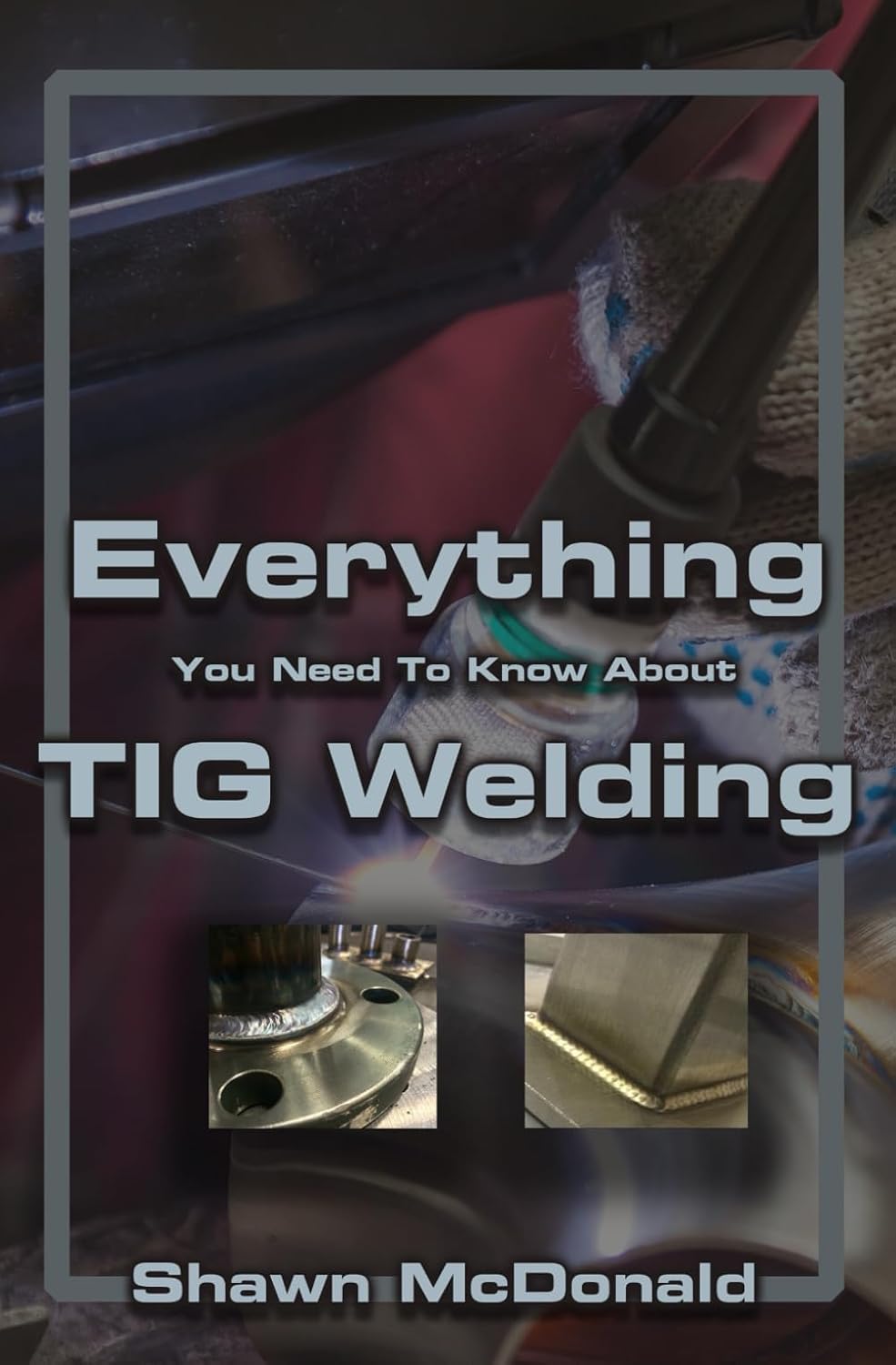Welding Metallurgy Basics - TIG Welding Secrets
Welding metallurgy basics for TIG welds that hold under pressure
Welding metallurgy basics are the difference between a pretty bead and a joint that survives service. TIG Welding Secrets distills the metal science that changes outcomes at the torch—without classroom fluff. See exactly how heat input drives grain growth and HAZ width, why dilution shifts strength and corrosion behavior, when austenite/ferrite balance prevents hot cracking in stainless, and how solidification rate influences porosity. Clear, shop-ready explanations tie microstructure to bead profile, distortion, and toughness, so you can make confident choices on amperage, travel speed, and filler selection across carbon steel, stainless, aluminum, and nickel alloys.
Written by a veteran TIG instructor and CWI with code-critical experience, this guide turns welding metallurgy basics into repeatable steps: set preheat and interpass to avoid hydrogen-assisted cracking, control arc energy to protect the HAZ, and match filler chemistry to service conditions. You get concise checklists, heat input formulas, and quick-reference charts proven on aerospace and heavy-fab work. The payoff is fewer repairs, cleaner indications, and predictable mechanical properties. TIG Welding Secrets makes metallurgical principles practical, so every adjustment at the torch moves you toward cleaner beads, stronger joints, and reliable, inspection-ready results.
- Prevent hot cracking and porosity by managing solidification behavior, ferrite, and hydrogen.
- Protect HAZ toughness with precise heat input, preheat, and interpass control.
- Select fillers and procedures to steer dilution, hardness, and corrosion resistance.
For more TIG welding tips please be sure to check out our blog.
